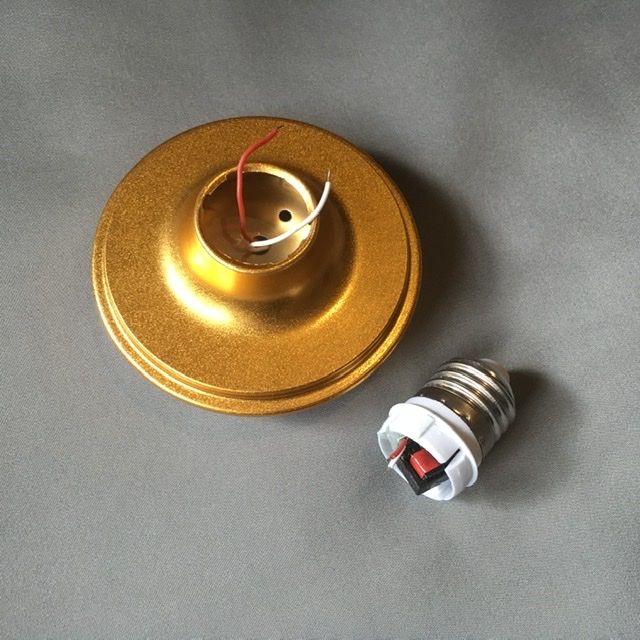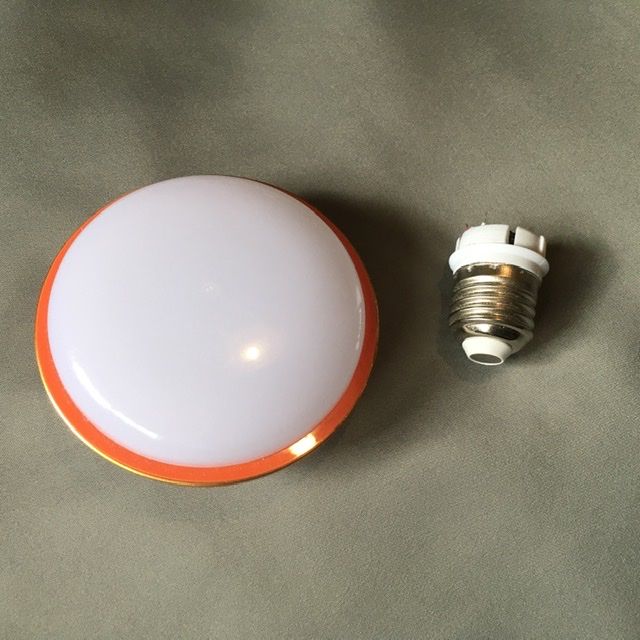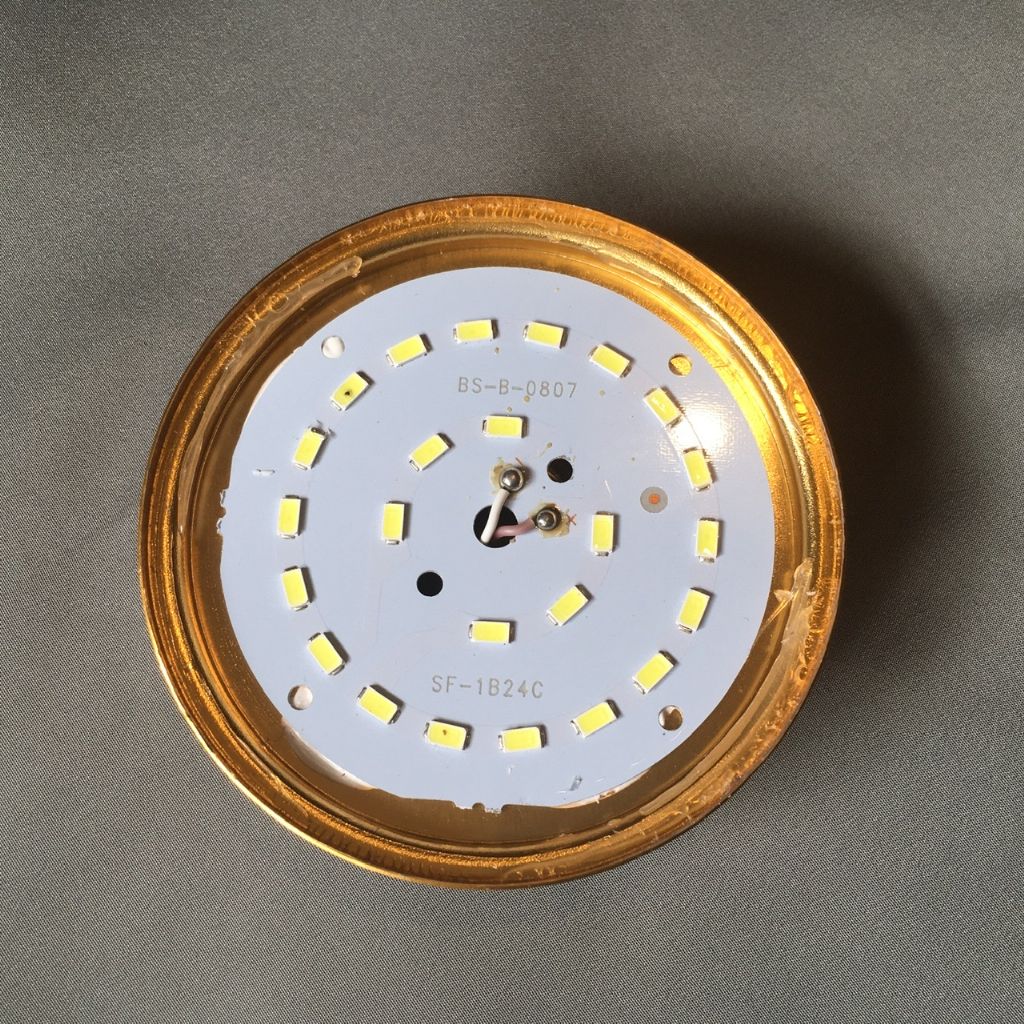My experience of both LED's & CFL's is, to say the least, poor.
We have a Philips CFL in the hall which was a "free" gift dating back to when we had wall insulation installed back in 1995. That light is still working ok. I can't comment on its light output after all these years.
We have had some Osram CFL's which seem ok, but on the other hand, we have had Megaman or whatever which frankly don't last.
Lately, we bought three of the highest power LED's that we could find for use in our back room which due to the kitchen extension is a dark room at the best of times. These LED's, plus two replacements, failed by flashing (no, not by us, the electronics started flashing). Replacement by a slightly lower power set by Crompton and they now seem ok. We still have one of the original higher power LED working ok, but I do have a spare Crompton waiting for use.
Light Switches. All of ours were changed at the same time back in 1995 for Volex switches. As some lights are satisfactory, then in general, I would tend to rule out switching problems. My personal thoughts are that the "cheaper", ie lesser known brands, have problems with the heat generated by the electronics whilst the better known brands, Osram, Phillips, Crompton can cope with this heat. Very subjective, I know, but those are my thoughts.
Peter G. Shaw
 Michael Gilligan.
Michael Gilligan.




 . Anyhow, they replaced the lamps, eventually. LEDs dont like heat, so its a good idea to be selective about the fitting they go in to. A sealed bathroom globe might not be an ideal environment for LEDs!
. Anyhow, they replaced the lamps, eventually. LEDs dont like heat, so its a good idea to be selective about the fitting they go in to. A sealed bathroom globe might not be an ideal environment for LEDs!

